There were two types of Gods in the Old Norse religion – the Æsir and the Vanir, which fought each other. Previously historians believed that the Æsir were the war Gods and the Vanir were fertility Gods. But the truth seems to have been more complex than that, and there were both types of Gods within both the Æsir and the Vanir.
One theory is that the war between them originated from the fact that the worship of Vanir was an older religion, while the Æsir were younger, and the mythological war can thus be interpreted as a battle between an older and a younger religion.
After the war, the two families of Gods merged, and Vanir became a sort of subgroup of the Æsir.
The people of the Viking Age worshiped many Gods, both the Æsir and the Vanir. There is usually talk about the most important Gods, but that actually differed, both from region to region, but also from different social classes.
The most well known of the Old Gods are Oden, Tor, Frej and Freyja. But to claim them to be the most important is an oversimplification. The Gods represented different things and were worshiped for different reasons and by different people.
But again, I’m going to have to make certain generalizations, so therefore I will describe some of the best known Gods, starting with the All-father:
Oden:
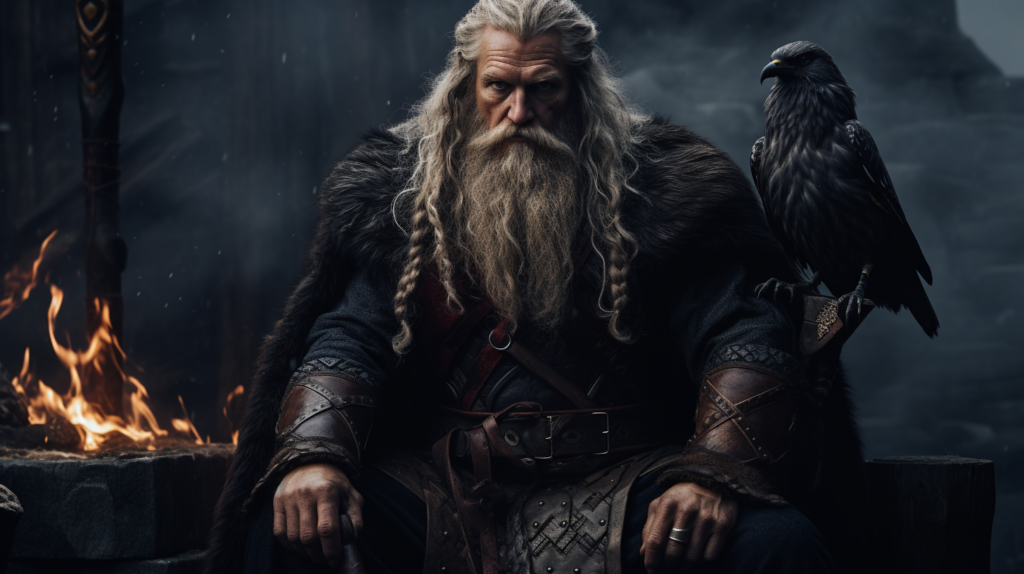
Oden if often described as the leader of the Gods. He was the warrior God, he decided which side would emerge victorious, and who would die, in a battle. The ones who fell on the battlefield were taken to Valhalla, the hall of the Gods, where they feasted together.
Oden sacrificed one eye to the Mímisbrunnr, Mimir’s well, to be allowed to drink from it and gain wisdom, and he had allowed himself to be hanged as a sacrifice to gain knowledge of the magic of runes and seiðr, a form of magic which is related to both the telling and the shaping of the future. Oden was accompanied by two ravens, Hugin and Munin, who brought him news from around the world.
Oden was primarily worshiped by the aristocracy. Not surprisingly, since Oden himself was the first amongst the Gods. The Viking Age aristocracy built their halls and their lives to imitate the Gods – the ruler was to the people what Oden was to the Gods.
It was also the aristocracy who made war, so it makes sense too, that they would worship the warrior God.
Freyja:
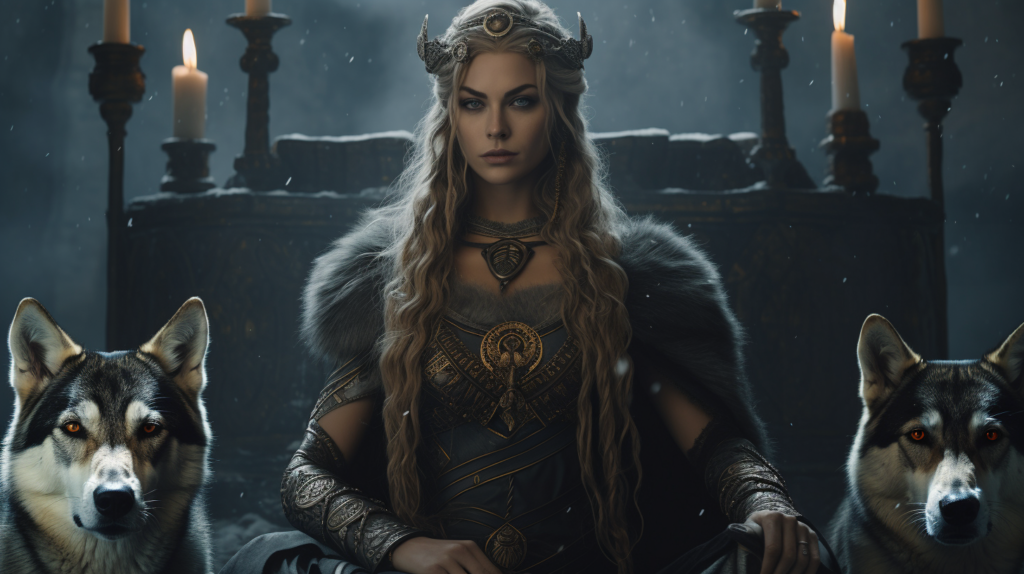
Freyja is often seen as a fertility Goddess, or Goddess of love, but she was also a Godess of war and the leaders of the Valkyries, mythological female warriors. Just as Oden chose fallen warriors to feast with him in Valhalla, Freja chose her favourites, that she brought to her hall, Sessrumne, in Folkvang.
She was also associated with childbirth and with harvest. Women prayed to Freyja for a safe delivery, and in autumn when harvest was celebrated, people toasted to Freyja.
Together with Oden, Freyja was one of the most worshiped Gods by the aristocracy.
In Viking culture, the men and women took on the roles of the Gods during ceremonies and feasts. Therefore it makes sense that they would worship one God and one Goddess above the other, and the ruling man and woman would embody them in their hall, playing the part of Oden and Freyja.
Freyr:
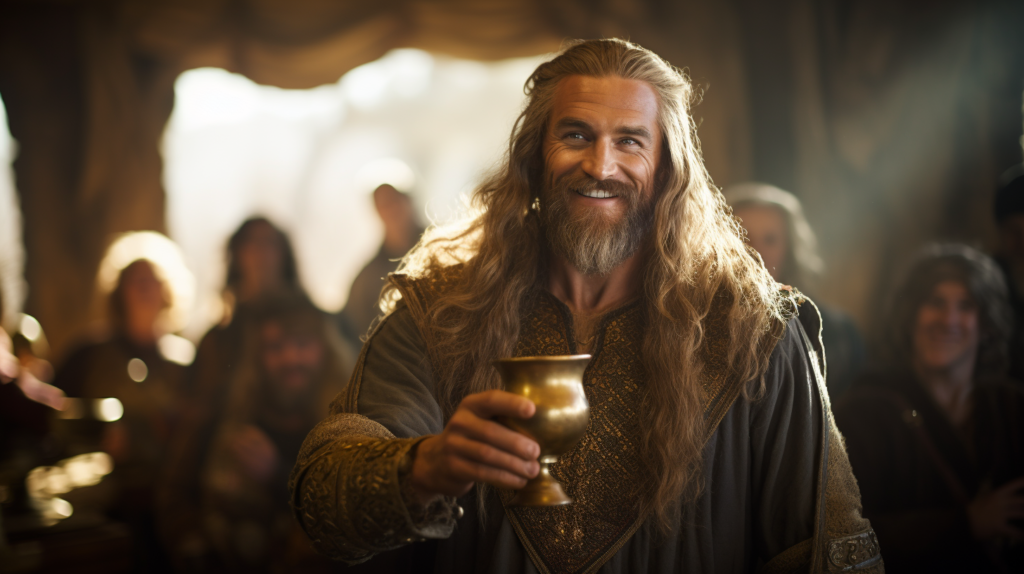
Freyr is Freyja’s brother. He too is a fertility God, associated with peace and prosperity. According to Adam of Bremen, Freyr was associated with peace and pleasure, and was represented with a phallic statue in the Temple at Uppsala. People sacrificed to him for peace, prosperity and good harvests.
He was a mighty warrior however, and owned a great sword, which were capable of fighting on it’s own. He fell in love with the giantess Gerðr, but to marry her he had to give up his sword. Because he did this, he will die in Ragnarök and the world will fall.
Njord:
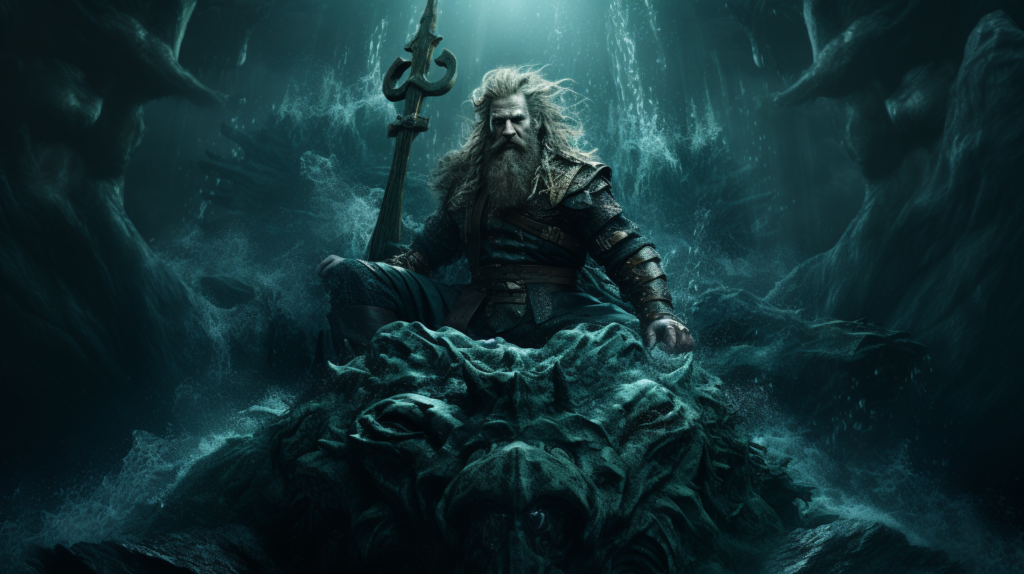
Njord is the father of Freyja and Freyr – and their mother is apparently his own (un-named) sister. He was the God of the sea and seafaring. He could control the winds and create or abate storms. People sacrificed to him for a good voyage, for luck at fishing and hunting and for prosperity.
Njord as well as his children was part of the Vanir, and he was integral to the peace between the two groups of Gods, since he allowed himself to be taken hostage during the peace negotiations. He is also predicted to survive Ragnarök.
Tor:
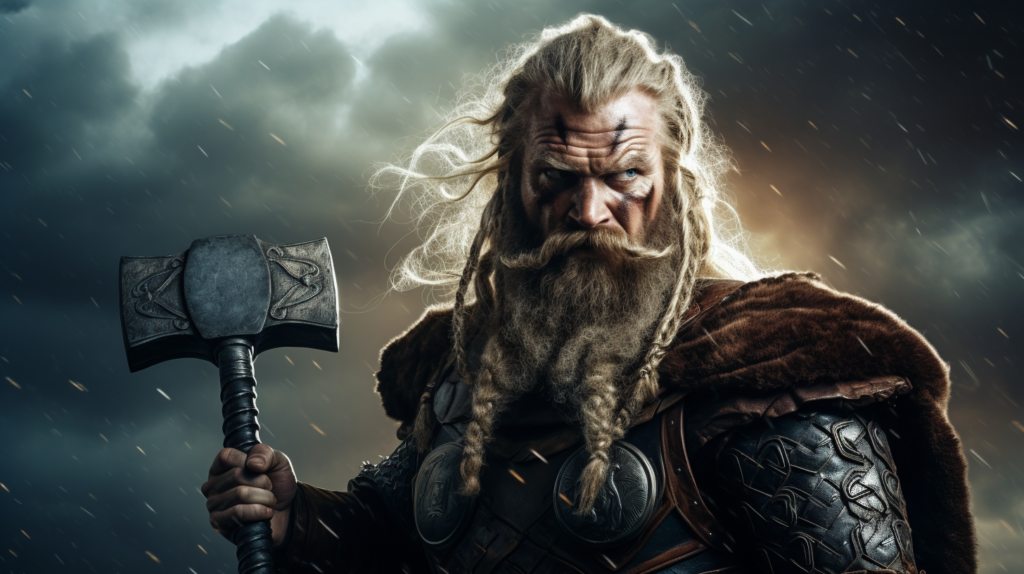
Tor, like Freja, was associated with both war and fertility. Tor controlled the weather and was a creator of life – not a taker of lives, such as Oden, his father. The cult around Tor could sometimes be a rival to that of Oden, and cause tension between their worshippers.
He is most associated with his hammer, Mjölnir, and with making thunder by striking it upon the clouds. In The Poetic Edda is a story about how Tor’s hammer is stolen by the giant Þrymr, who will only return it if Freyja agrees to marry him. She does not, and therefore Loke comes up with the idea that Tor will dress up as Freyja, and the two of them will fool the giants to regain Mjölnir. Receiving the hammer as a wedding gift, Tor uses is to kill the giants and thus gets it back.
Loke:
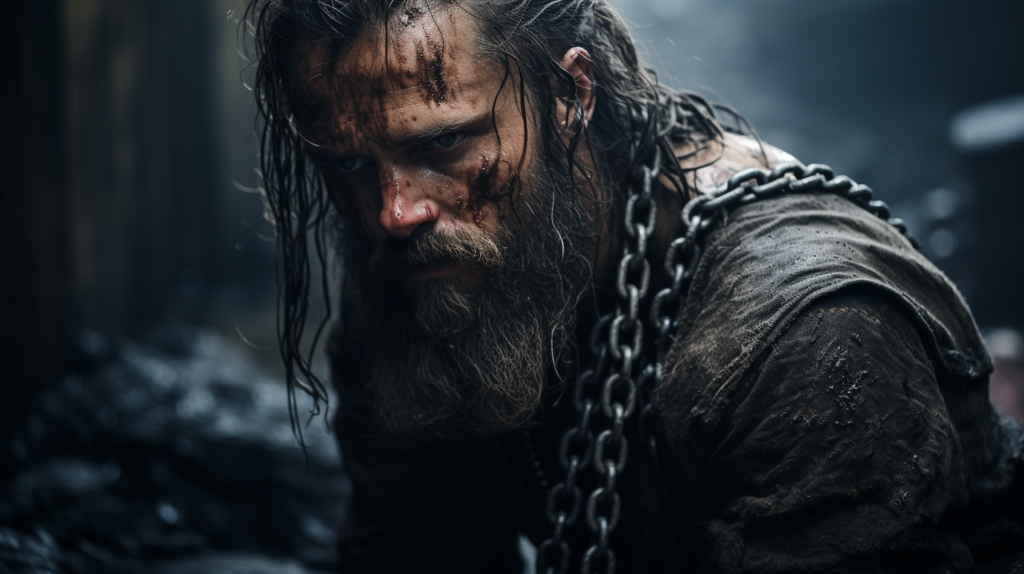
Loke was different from the other Gods, since people didn’t worship or made sacrifices to him. His parents were giants, and he was Oden’s foster brother. He was not evil, but associated with chaos and destruction. He was the father of the Midgard Serpent, the wolf Fenrir, and the death goddess Hel. Loke was genderfluid and a shapeshifter, and as a mare he gave birth to Oden’s horse Sleipner, which makes him a mother as well.
According to legends, he betrayed the Gods and caused the death of Oden’s son Balder. As a punishment he was imprisoned in the underworld, where a serpent was dripping venom on him. His wife, Sigyn, collected the venom in a bowl, but everytime she had to empty the bowl, the venom would hit him and cause him immense pain.
However during Ragnarök he would break free and lead the giants against the Gods.
Vite Krist/White Christ:

The Vikings actually worshipped Jesus as well. The first missionaries came to the Nordic countries in the 8th century. Even though they had little success in converting the people, they did manage to influence the religion in one way. Some simple added the new God – Vite Krist (White Christ) – to the old ones.
The problem for the missionaries was to try to persuade them to forsake the other Gods. The North was not ready for that yet.
Graves have been found with both crucifixes and symbols of the Hammer of Tor, suggesting that people saw no obstacle in worshiping both the old and the new God.
When Vite Krist first came to Scandinavia, he was presented as a warrior God, similar to Oden, very different from how we know him today. But it made sense in a culture steeped in a warrior mindset.
Sources:
Hjardar, Kim. Vikingarnas Värld. (2016)
Lihammer, Anna. Vikingatidens Härskare. (2021)

